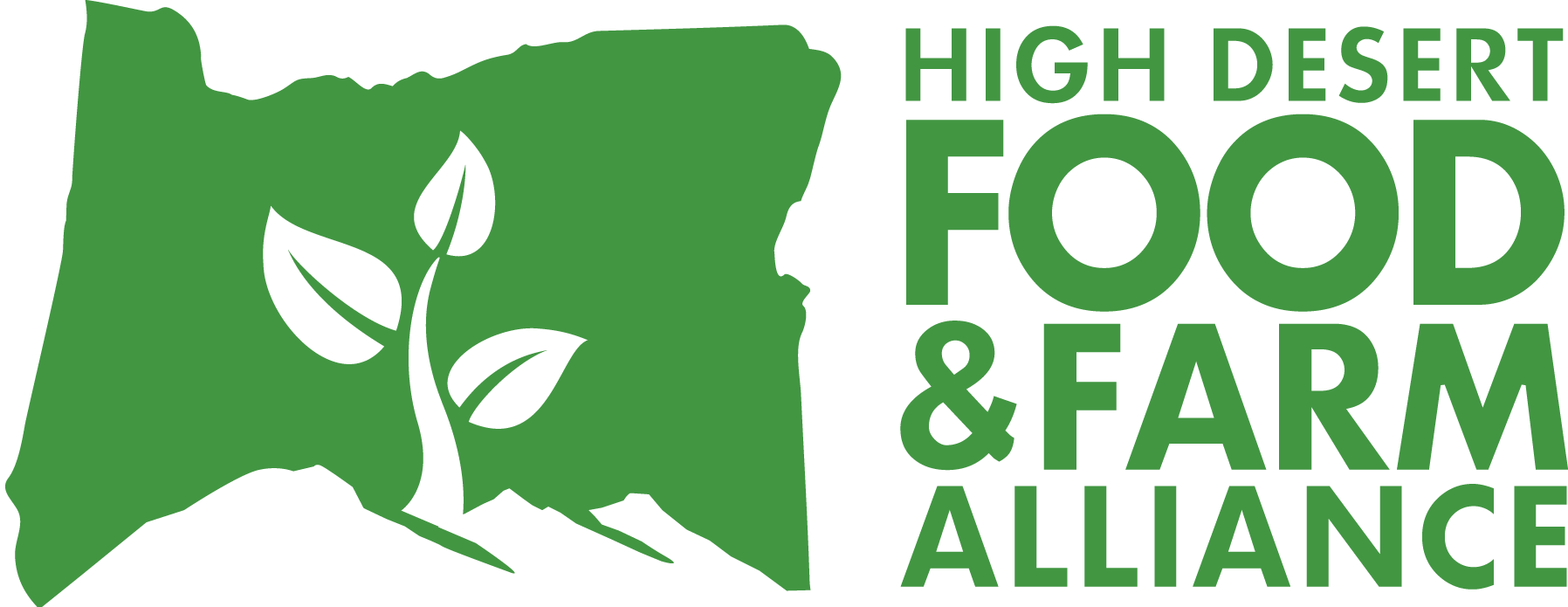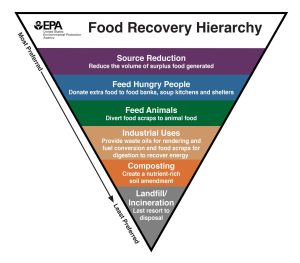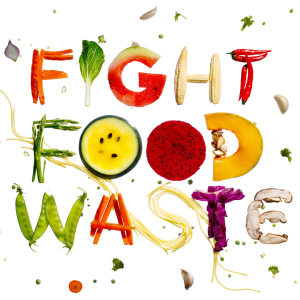Did you know that more than one-third of the food produced worldwide ends up in the landfill? This means that once the food is picked or processed, 30% of that food never gets consumed. There are many implications of food waste. The effects are complex and global. Food waste alone produces about six percent of the total greenhouse gas emissions. Britannica defines a greenhouse gas as “any gas that has the property of absorbing infrared radiation (net heat energy) emitted from Earth’s surface and reradiating it back to Earth’s surface, thus contributing to the greenhouse effect. Carbon dioxide, methane, and water vapor are the most important greenhouse gases.” Simply put, greenhouse gases trap heat in our atmosphere, slowly increasing the global average temperature. As a result, we face challenges including heat waves, droughts, extreme rainfall, and an increase in wildfires. In efforts to combat climate change, “One of the UN’s Sustainable Development Goals is to halve global food waste and reduce food losses in production and supply by 2030” (carbongrief.org).
There are many ways we as individuals and businesses can help these efforts to reduce food waste. These include reducing the amount of food that is produced, feeding hungry people, and composting. Did you know that more than 800 million people were impacted by hunger in 2021? Globally, we produce enough food to feed every single person and ultimately eliminate this issue. Hunger, is “the distress associated with lack of food. The threshold for food deprivation, or undernourishment, is fewer than 1,800 calories per day” (Actionagainsthunger.org).
What can we do as individuals? We can help reduce food waste by meal planning and prepping, buying only the items that will be consumed, and preserving food by pickling, freezing, or canning. We can also donate any unwanted food that is still safe for consumption to food banks and kitchens. New to pickling or canning? Check out HDFFA’s nutrition resources for recipes and tips. There are also many forms of composting. Examples of items that cannot be composted are animal products like fat, bones, and dairy, however, most food scraps can be placed in your compost. These items include vegetable and fruit peels, plain cooked starches, eggshells and coffee grounds to name a few. There are many simple to complex indoor and outdoor composting options you can purchase or create.
On a larger scale, what can businesses, farmers, and organizations do to help reduce food waste? We can practice eliminating food waste by more precise forecasting, using advanced inventory management, donating safe-to-consume food, and also composting.
Within our local food system, there is a lot of potential to find solutions for reducing food waste. Some local efforts happening in Central Oregon include:
- Grocery stores donating “extra” food to local food sites
- Republic Services offers residential and commercial composting
- Grow and Give program led by HDFFA to rescue excess produce and deliver it to the NeighborImpact food bank
- NeighborImpact recovers and distributes over 4 million pounds of food to local sites
- Food banks and kitchens
- Hundreds of local volunteers (including our own!) help get food onto people’s plates
Want to know what you can do to be a part of the solution? As business owners or an individual, we can improve our food system; whether that be better forecasting or getting food to someone who is experiencing hunger, there is room for improvement at every step in the food recovery hierarchy. For more information about how you can help reduce food waste in our community or about HDFFA’s food access programs, please contact Kelly Moffatt: at kelly@hdffa.org or 541-310-3111.








